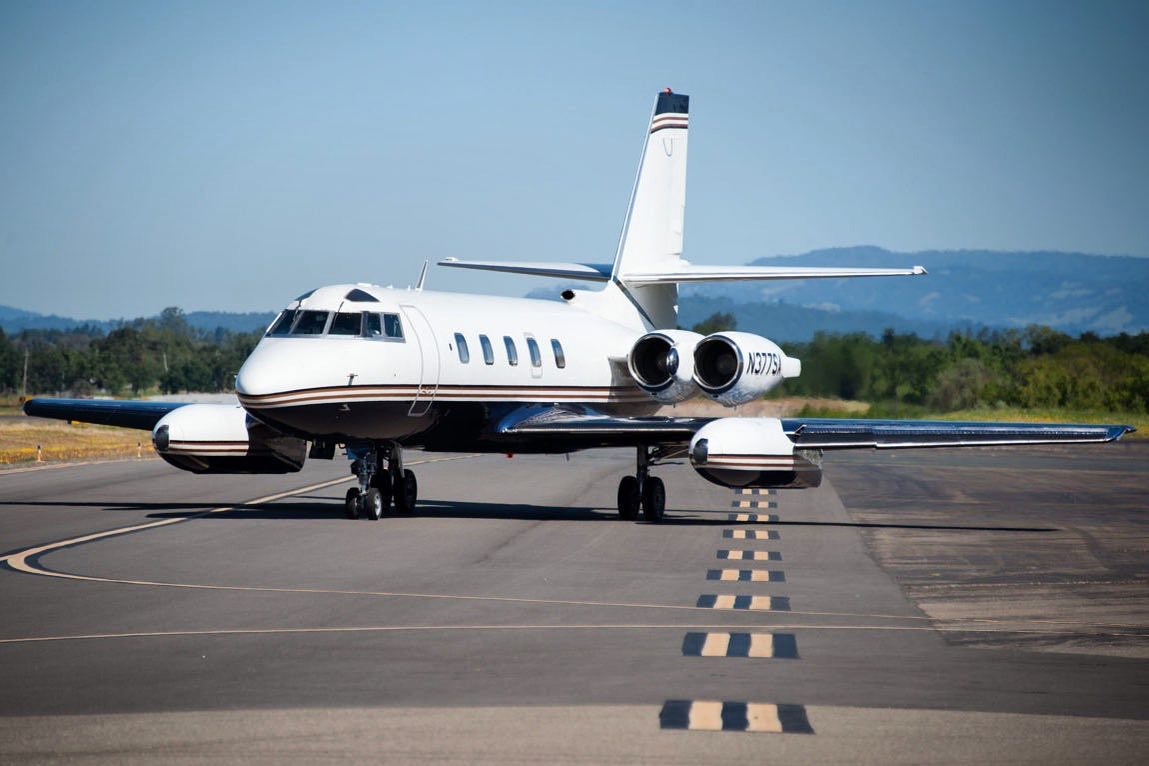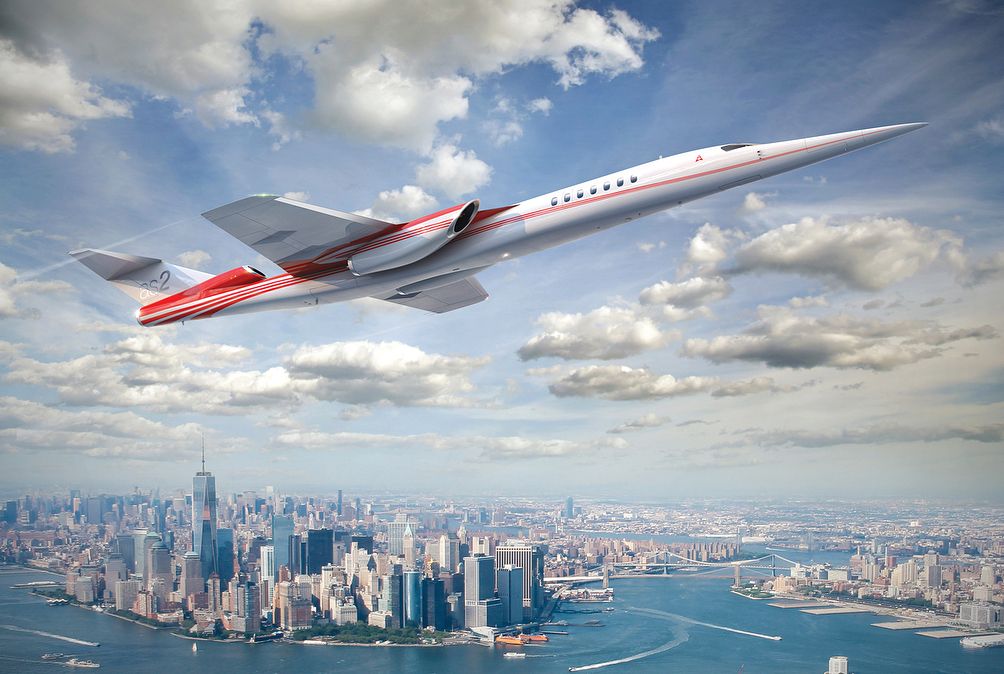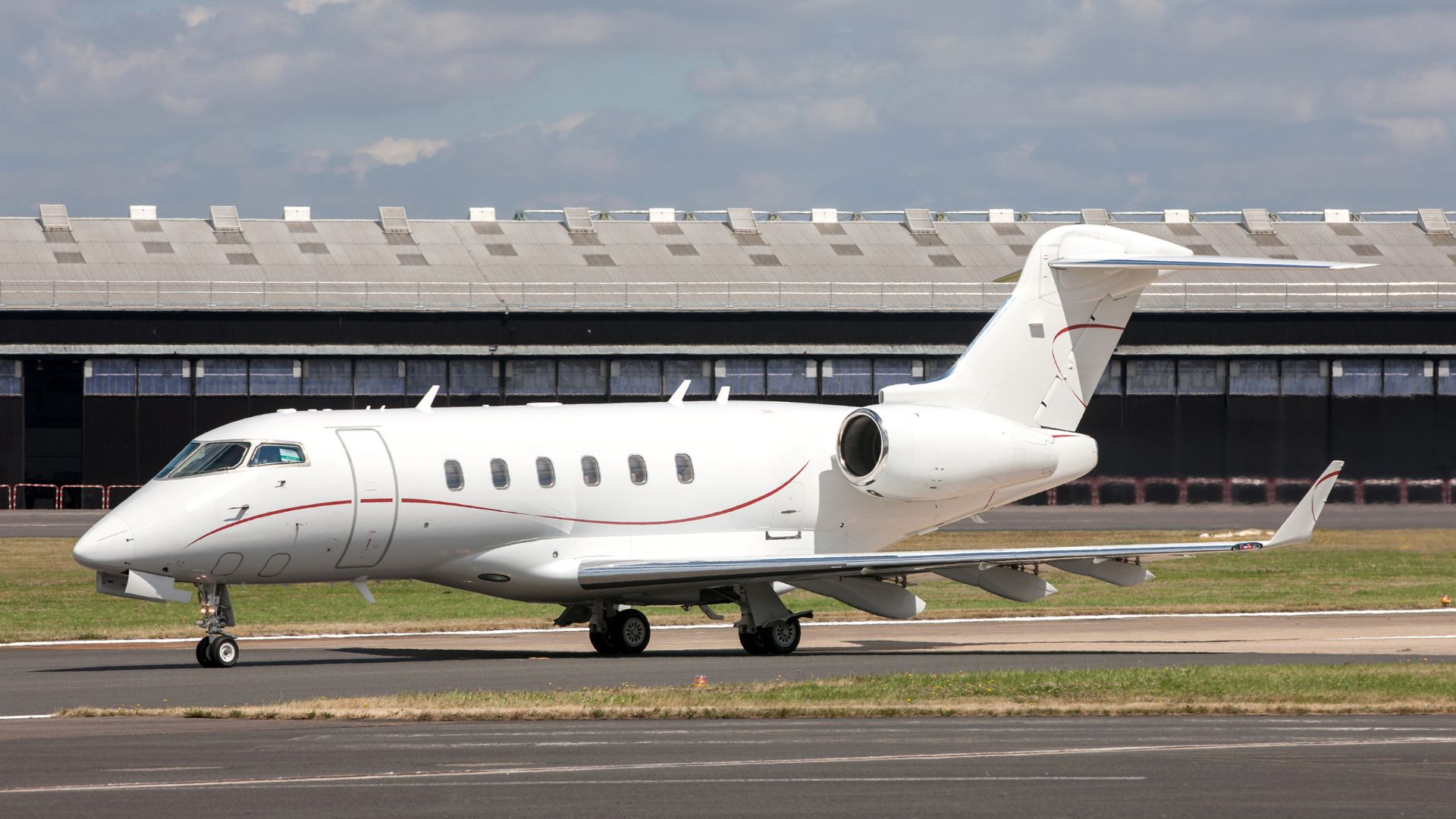The development of private jets is a fascinating historical journey that reflects changes in society, technology, and the demands of luxury and business travel. From their humble origins to the cutting-edge luxury we witness today, private jets have consistently raised the bar for air travel. In this article, we will take a journey to different periods of private jet evolution.
1. 1920s: The Dawn of Private Flying
In the 1920s, the idea of private flying was in its infancy. The focus was primarily on military and commercial aviation following World War I. However, wealthy individuals and corporations began to see the potential of private planes for personal and business use.
Aircraft used for private purposes during this era were primarily modified versions of military planes. These planes were basic, lacking in comfort, and required a high skill level to operate.
2. 1930s: Advancements in Aircraft Technology
The 1930s saw significant advancements in aircraft design and technology. This era introduced more reliable and powerful engines, which made aircraft safer and more efficient.
Wealthy individuals began commissioning custom-built aircraft, which were more comfortable and tailored to their needs. These planes were still rudimentary compared to today’s standards but represented a significant step forward in private air travel.
3. 1940s: World War II and Its Aftermath
World War II had a massive impact on aviation. The development of advanced military aircraft during the war laid the groundwork for post-war aviation technology.
After the war, there was an abundance of surplus military aircraft. These were often converted for civilian use, providing a more affordable entry point into private flying.
4. 1950s: The Precursor to Modern Private Jets

Photo credit: instagram.com
The 1950s marked the transition from propeller-driven aircraft to jet propulsion, a significant milestone in aviation history. The first jet-powered airliners, such as the de Havilland Comet, emerged during this decade.
By the late 1950s, we began to see the development of the first true business aircraft. Planes like the Lockheed JetStar and the North American Sabreliner, while not jets in the modern sense, were precursors to the business jets of the 1960s. These aircraft offered faster travel times and more luxurious accommodations than their propeller-driven predecessors.
5. 1960s and 1970s: Early Beginnings
The history of private jets begins in the post-World War II era, with the development of small, propeller-driven aircraft for business use. However, it was in the 1960s that the true precursor to the modern private jet emerged. The Learjet 23, introduced in 1963, is often considered the first light business jet, capable of flying higher and faster than commercial airliners of the time.
During the 1970s, advancements in engine technology led to the development of larger, more powerful jets. Aircraft like the Gulfstream II and the Hawker Siddeley HS.125 set new standards for range and comfort, allowing for non-stop transcontinental travel.
6. 1980s and 1990s: Technological Advancements
The 1980s and 1990s saw significant technological advancements. The introduction of more efficient turbofan engines, improved aerodynamics, and advancements in avionics (the electronic systems used on aircraft) allowed for longer flights, increased safety, and greater fuel efficiency. Jets like the Bombardier Challenger and Cessna Citation series exemplified these improvements, offering a blend of performance, comfort, and reliability.
During this period, the concept of fractional ownership emerged, making private jet travel more accessible. Companies like NetJets began offering shares in aircraft, reducing the cost of entry for private jet ownership.
7. 2000s to Present: The Luxury Era
The 2000s marked the beginning of what could be termed the ‘luxury era’ in private aviation. High-net-worth individuals and corporations demanded not just performance but also unparalleled luxury. This era saw the introduction of ultra-long-range jets like the Gulfstream G650 and the Bombardier Global 7500, capable of flying almost halfway around the world non-stop, with interiors that rival luxury homes.
Connectivity also became a key focus, with in-flight Wi-Fi and advanced entertainment systems becoming standard. The interiors of private jets transformed into flying offices and living spaces, with bedrooms, showers, and conference rooms becoming common.
8. Looking to the Future

Photo credit: instagram.com
The future of private jets seems poised to embrace sustainability and innovation. Concepts like electric propulsion and hybrid engines are being explored to reduce the carbon footprint of private aviation. Supersonic private jets, like those being developed by Aerion and Boom Supersonic, promise to drastically reduce flight times, harking back to the era of the Concorde but with the luxury and exclusivity of private travel.
The evolution of private jets, as we know them today, truly began in the 1960s. However, the seeds for this evolution were planted in the decades leading up to this, particularly in the 1920s through the 1950s. These years were crucial in setting the stage for the development of private air travel.
The evolution of private jets is a testament to human ingenuity and the desire for speed, efficiency, and luxury. From the early Learjets to today’s flying palaces, private jets have constantly redefined the boundaries of what is possible in the sky. As we look ahead, the focus on sustainability and technological innovation promises to continue this remarkable journey through time.

